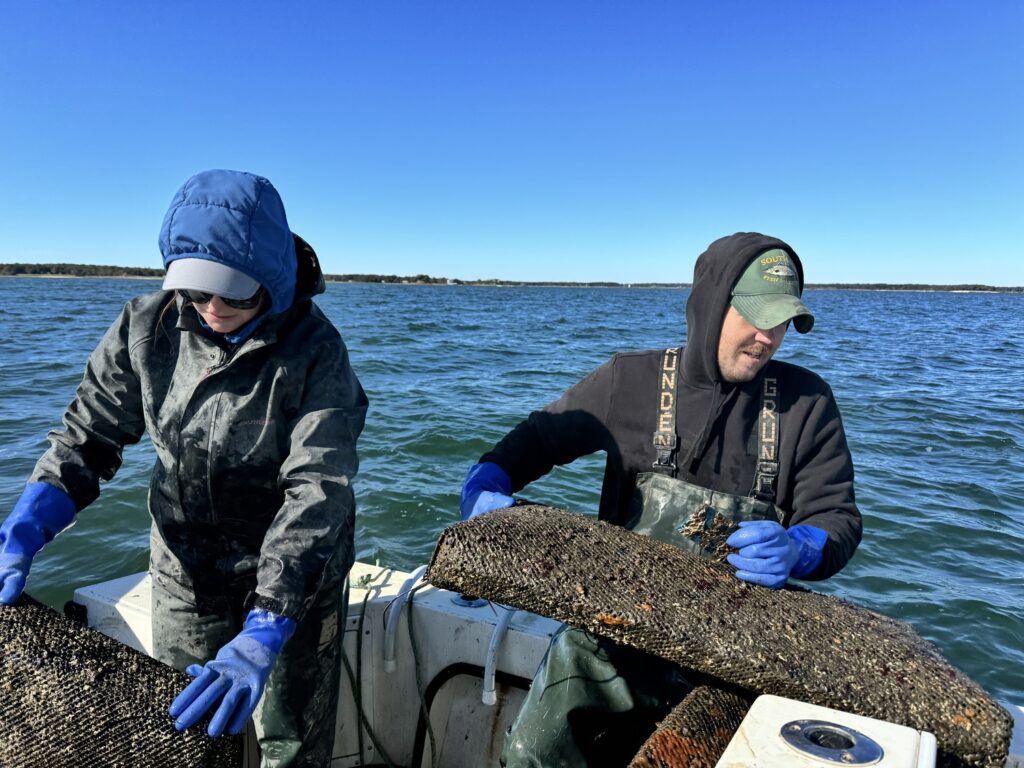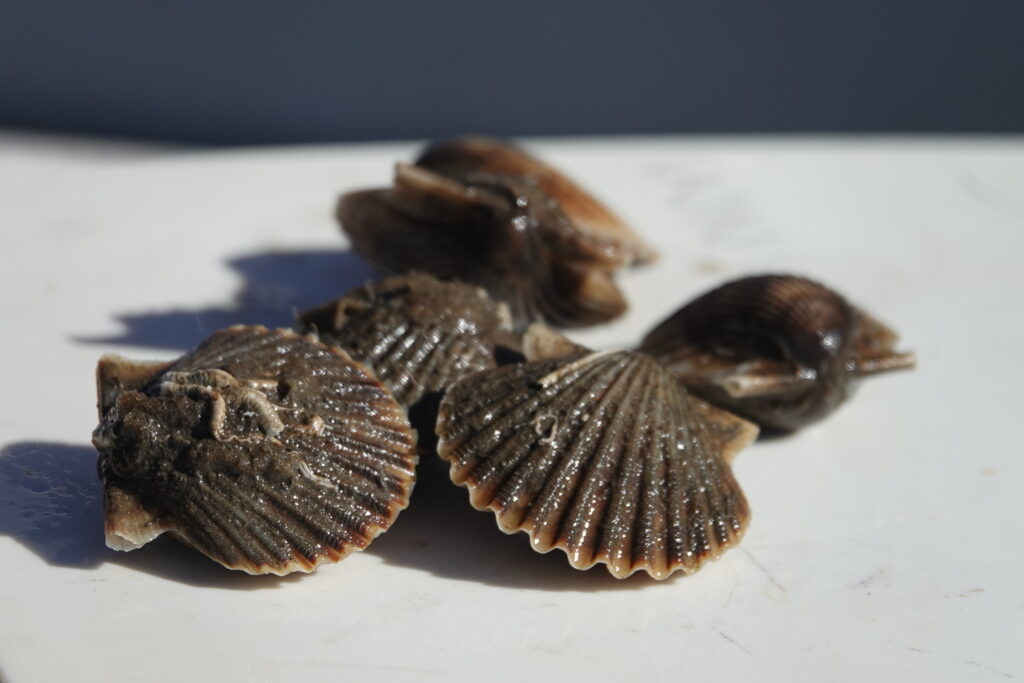
Since 2019 Peconic Bay scallops have been dying in massive quantities. Cornell Cooperative Extension scientists have been studying genetic variability in the effort to find more resilient scallop seeds to grow in the bays.
Here’s an excerpt from the article:
“Scientists from around the region have settled on there not being one single factor but several — topped by the presence of the parasite and local water temperatures in summer now far above what they used to be. While brown tides have not been seen locally in many years, new algae blooms have also contributed to the stresses on the scallops, the scientists have said, and the suite of impacts appears to have finally just gotten to be too much for the scallops.
The hypothesis that perhaps the homogeneity of the Peconic population could be the reason for the massive die-offs has been bolstered by the sudden emergence of a newly resurgent population of bay scallops in eastern Moriches Bay, an area that had not seen a significant “set” of scallops in more than 20 years.
When analyzed in the lab, the Moriches Bay scallops were found to be substantially genetically different from the scallops in the Peconic, the biologists say, and weathered the summer die-offs that decimated the scallops in the Peconics despite being exposed to many of the same stresses.”

To read the full article by Mike Wright for The East Hampton Press click on the tab below: